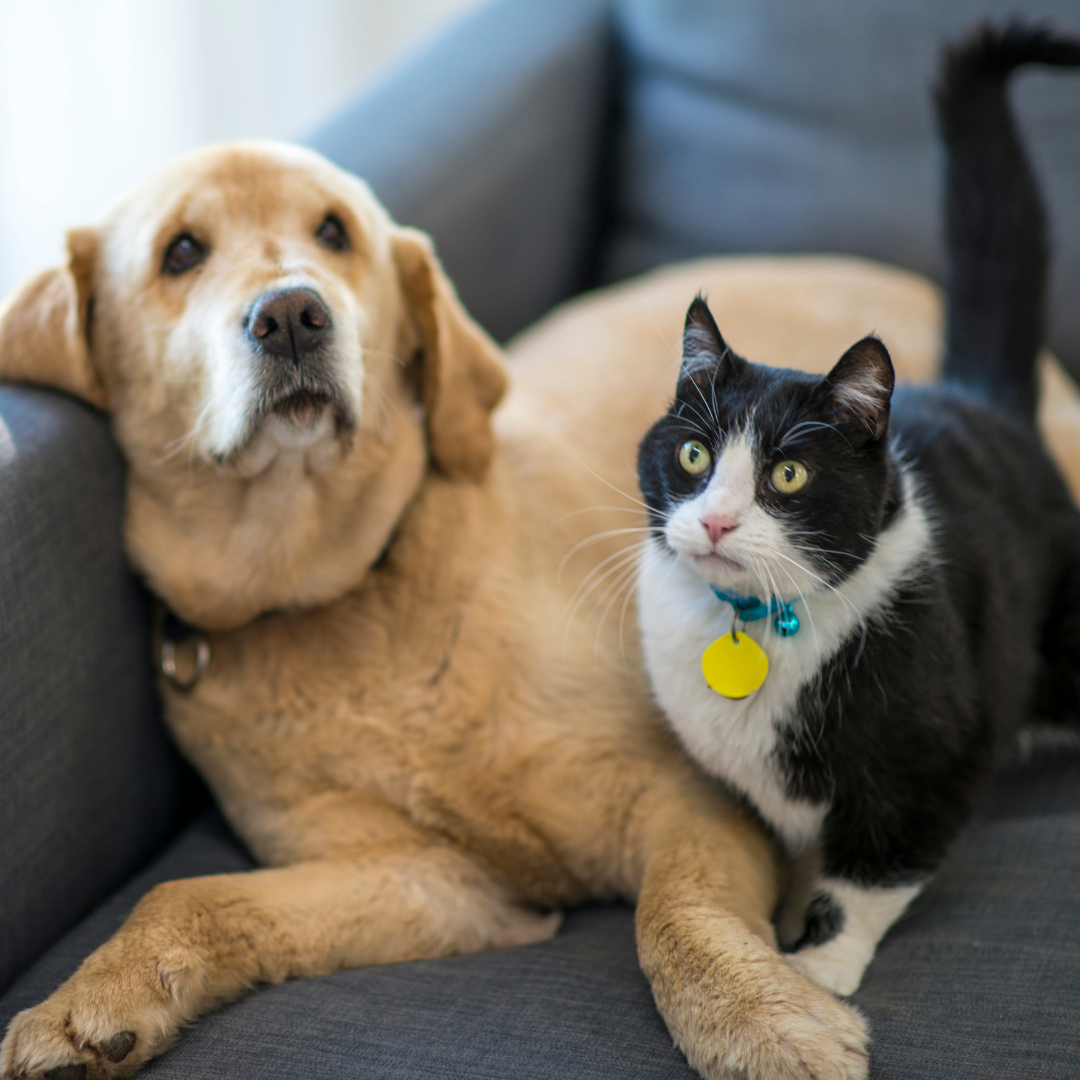Have you prepared for your pets in the event of a disaster or emergency?
Unfortunately, in New Zealand and in Canterbury we are all too familiar with experiencing disasters in some shape or form. From fires and floods, through to earthquakes and everything in between. Every disaster requires different responses to keep you and your pets safe, so the best thing you can do is be prepared ahead of time. Here are some steps you could take to be prepared in the event of a disaster.
Pet Emergency Survival Kits
Food
Store at least 5 days’ worth of your pet’s usual food in a waterproof container. This is especially important if your pet is on a prescription diet.
Water
Store a least five days of water for your pets, this is in addition to the water stored for your family. Water intake varies between pets, so try to understand how much your pet drinks each day. Your vet team can help provide advice on specific cases if needed.
Medication
Store extra medication and/or your pet’s prescription diet and supplements in a waterproof container. Take care to review the expiry dates on the food and medication as you will need to use them and add new supplies to your Pet Emergency Survival Kit.
Vet records
Store copies of medical, vaccination, worming, and flea records in a waterproof container. Include the details of your vet clinic and vet’s name in case your pet needs to go into boarding or foster care.
First aid kit
In addition to your family’s needs, store extra cotton bandage rolls, tape, scissors, tweezers, and latex gloves. Talk to your vet about any specific first aid requirements for your pets’ medical needs and check out the MPI website for a pet First Aid Kit Checklist.
Bedding
Blankets to keep your pets warm and familiar items such as toys can help reduce stress for your pets.
Sanitation
Include litter, litter trays, newspaper, poo bags, paper towels, and sanitizer. It is also a good idea to pack some bags for disposal of used poo bags, soiled litter and bedding.
Identification
According to MPI, during the 2011 Canterbury earthquake 80% of microchipped pets were reunited with their owners versus 20% for non-chipped pets.
Ensure your pet is microchipped and registered with NZCAR and your dog is wearing it’s collar with a current council registration tag. This helps reunite you to your pet if you get separated during a disaster. It is also very helpful in proving ownership too.
It can also be helpful to keep a recent photograph of your pet in a waterproof container if you ever get separated.
Equipment
For safe transport and to prevent your pet from escaping keep them in a sturdy cage or carrier.
For keeping your dog under control ensure you pack leads and harnesses and keep them restrained during an evacuation. When your dog gets stressed they may try to escape, so keeping them securely on a lead is important. A muzzle can also be useful as even the friendliest of dogs can sometimes bite if injured or anxious.
What to prepare for during a disaster where you have to stay at home.
Store enough food, water, bedding and sanitation in your house for at least five days.
Keep enough medication, and pet first aid equipment on hand too.
Keep your house secure such as keeping windows and doors shut, pet doors locked, and gates closed so your pet doesn’t try to escape if they get frightened or stressed.
What to prepare for during a disaster where you need to evacuate.
Remember if it’s not safe for you to stay it’s not safe for your pets, where at all possible, take them with you in the event of an evacuation. In extreme and sudden emergencies, it may not be possible to leave with your pet. This can be distressing but is sometimes unavoidable. Pets have uncanny abilities to survive in adverse circumstances, and using the “wallet card" can alert others that your pets are at home and need attention, even if something happens to you.
Plan for a safe house, such as family or friends, outside of the immediate area in advance that you can place your pets during an evacuation.
Make a list of pet friendly shelters that take pets during a disaster, include their contact details and a copy of this list in your pet’s emergency survival kit.
Have a plan to communicate with the person caring for your pets after the emergency and take advantage of the downloadable “wallet card” on the MPI website that you could have prepared in the event your animals are left at home.
For more detailed information and checklists of what to do with your pets in the event of an emergency, check out the resources on MPI’s website via the link here.
We encourage you to visit the site and make use of the vast amount of useful resources. There are printable/downloadable checklists to help you plan and prepare for emergency situations. These cover most species of pets and livestock. You can also find more information about specific situations, including earthquakes, floods, fires, heat waves, volcanic eruptions and more.



